Let’s settle the copywriting vs content writing debate once and for all. There’s a lot of confusion when it comes to this topic. Some people think they’re the same thing. Others assume one is better than the other. But the truth? They serve different purposes, and if you’re in digital marketing, you need both.
Table of Contents
So, what’s the difference between copywriting and content writing? When should you use which? Let’s break it all down in a simple way.
What is Copywriting?
Copywriting is all about persuasion. The goal? Get the reader to take action. Whether it’s buying a product, signing up for a newsletter, or clicking a link, copywriting drives conversions. It’s used in ads, email marketing, social media campaigns, and sales pages.
If you’ve ever read a compelling Facebook ad that made you buy something on the spot, that’s an example of copywriting done right.
Types of Copywriting
It isn’t a one-size-fits-all skill. Depending on the purpose, audience, and platform, different types of copywriting and content-writing techniques are used. Here’s a deeper look at the major types of copywriting:
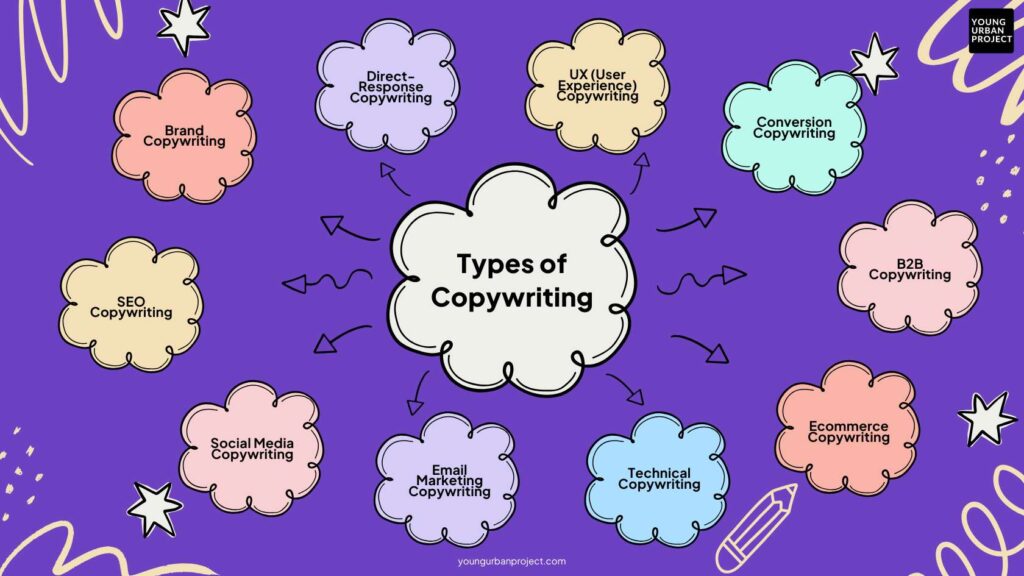
1. Direct-Response Copywriting
This is one of the most powerful forms. It’s designed to get an instant reaction from the reader—whether that’s making a purchase, signing up for a newsletter, or clicking a link.
✔ Found in: Facebook Ads, Google Ads, sales pages, product descriptions, cold emails
✔ Goal: Get the reader to take immediate action
✔ Example: “Get 50% off—Offer ends tonight! Click here to claim your discount.”

2. Brand Copywriting
This focuses on shaping a brand’s voice and identity. It’s what makes you recognize Apple, Nike, or Coca-Cola even without seeing their logos. It creates a deep emotional connection with the audience.
✔ Found in: Taglines, slogans, mission statements, brand storytelling
✔ Goal: Build brand awareness and loyalty
✔ Example: Nike’s “Just Do It” or Apple’s “Think Different”

3. SEO Copywriting
A mix of persuasive writing and search engine optimization (SEO). The goal is to create engaging website content that ranks high on Google while still persuading visitors to take action.
✔ Found in: Landing pages, product descriptions, service pages
✔ Goal: Attract organic traffic while optimizing for conversions
✔ Example: A service page optimized for “best email marketing software” with a CTA to sign up for a free trial
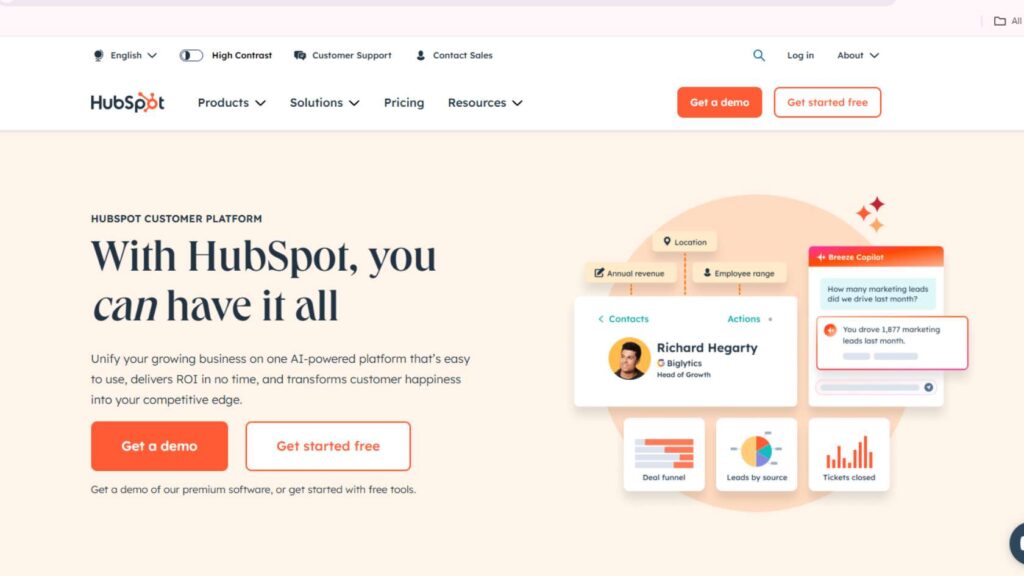
4. Social Media Copywriting
Social media is all about quick, engaging, and shareable content. This type uses short, snappy language to grab attention and encourage interaction.
✔ Found in: Instagram captions, Twitter threads, LinkedIn posts, YouTube descriptions
✔ Goal: Boost engagement, encourage shares, and increase brand visibility
✔ Example: “ The secret to viral content? Read this thread! 👇”
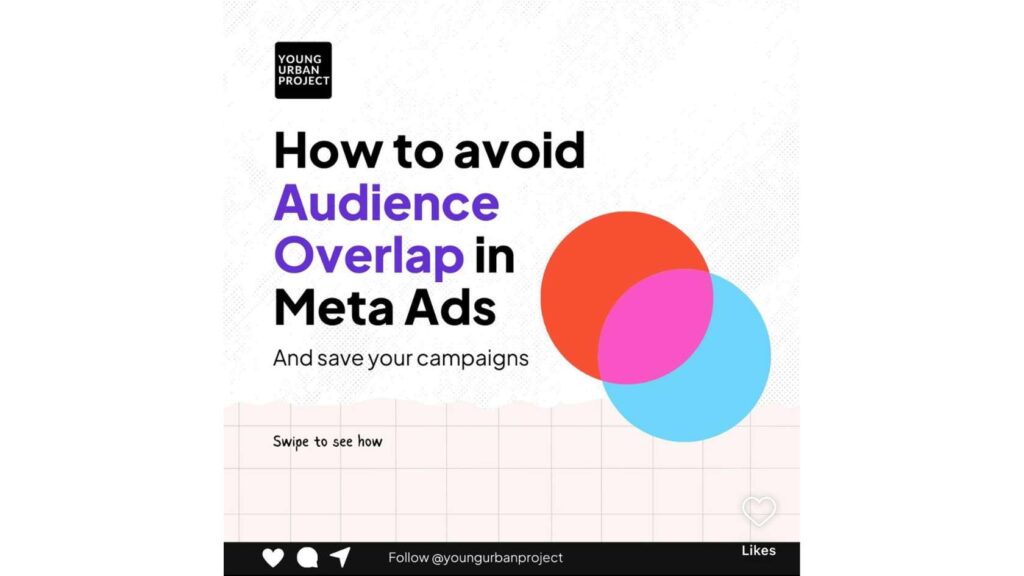
5. Email Marketing Copywriting
Emails are one of the best ways to build relationships and drive sales. This type focuses on writing compelling subject lines, persuasive email bodies, and strong CTAs.
✔ Found in: Welcome emails, sales sequences, newsletters, promotional emails
✔ Goal: Convert leads into customers and keep subscribers engaged
✔ Example: “Your exclusive discount expires in 12 hours! Open now to claim.”
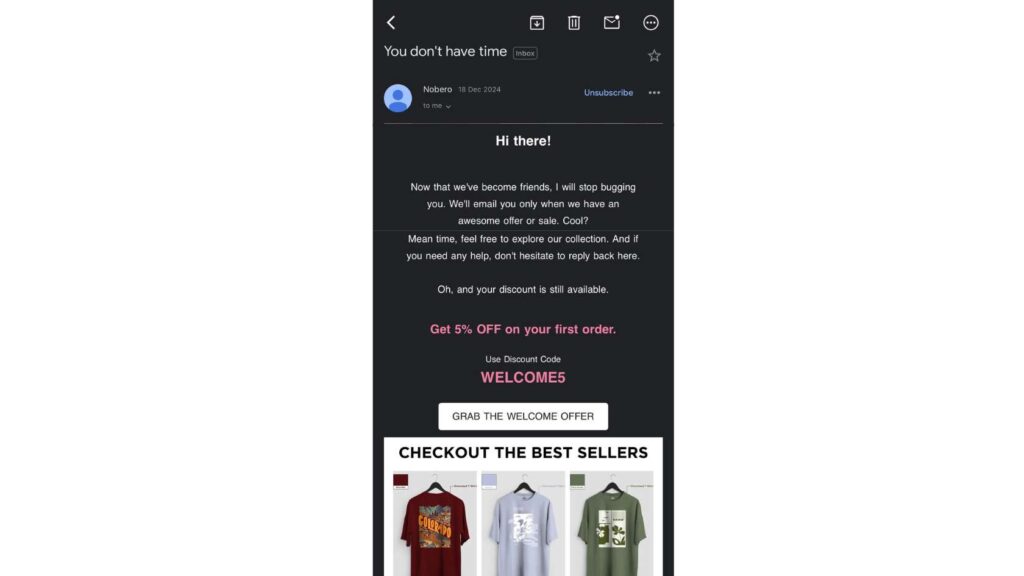
6. Technical Copywriting
Some industries require highly specialized writing. It translates complex information into clear, easy-to-understand messaging without losing its accuracy.
✔ Found in: SaaS websites, cybersecurity solutions, medical and legal services
✔ Goal: Simplify technical details for a non-expert audience
✔ Example: “Our AI-driven cybersecurity tool detects threats in real-time—no manual monitoring needed.”

7. Ecommerce Copywriting
Every product listing, category page, and checkout message you see on an online store is a form of copywriting. The goal is to use copywriting to turn casual browsers into buyers.
✔ Found in: Product descriptions, checkout pages, promotional banners
✔ Goal: Convince customers to make a purchase
✔ Example: “Soft. Breathable. Sustainable. Meet the comfiest t-shirt you’ll ever wear.”

8. B2B Copywriting
Business-to-business (B2B) writing is different from B2C because the audience consists of professionals and decision-makers. B2B copywriting focuses on logic, value, and ROI rather than emotions.
✔ Found in: Whitepapers, case studies, LinkedIn ads, sales decks
✔ Goal: Build trust and demonstrate expertise to other businesses
✔ Example: “How [Brand] Increased Conversions by 120%—Download the Case Study”
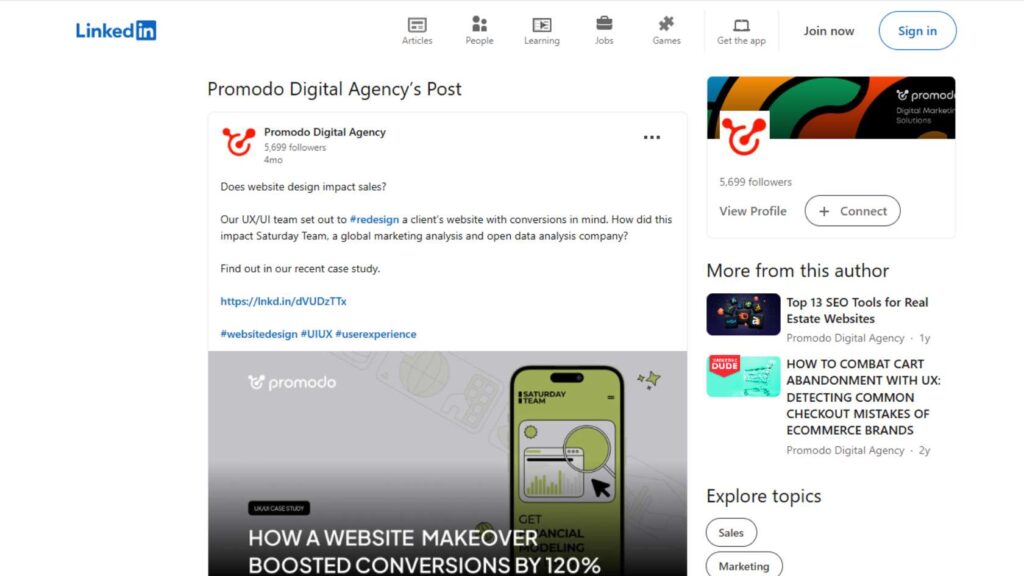
9. Conversion Copywriting
This takes principles from psychology and data analysis to craft words that increase conversions. It’s commonly used in A/B testing to find the most persuasive messages.
✔ Found in: Sales pages, lead generation forms, call-to-action buttons
✔ Goal: Optimize messaging to improve conversion rates
✔ Example: “Join 50,000+ happy customers—Start your free trial today.”
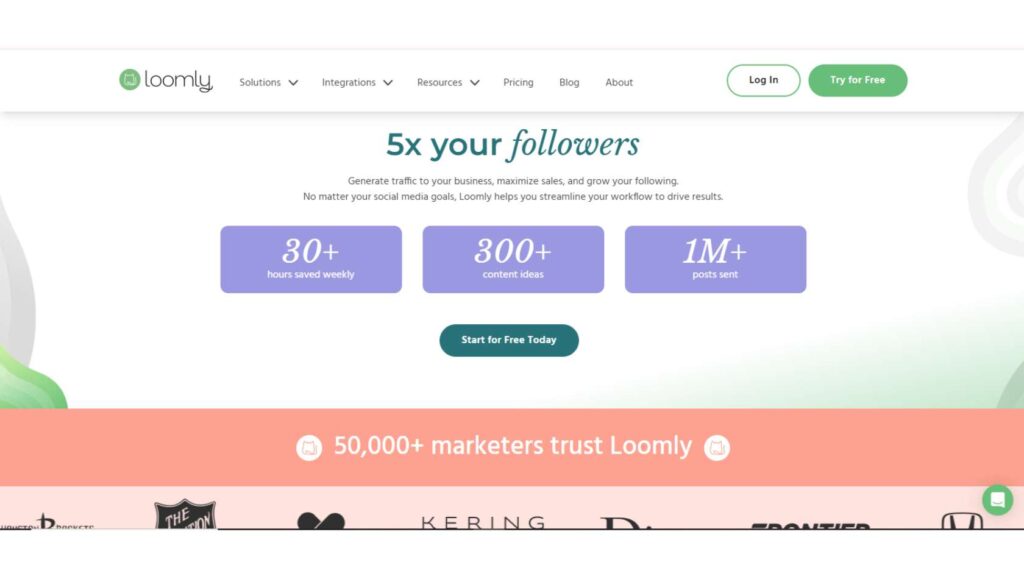
Also Read: What is Conversion Copywriting?
10. UX (User Experience) Copywriting
Good UX copywriting makes digital products easy to use. It ensures that every button, error message, and confirmation page enhances the user experience.
✔ Found in: App interfaces, website navigation, chatbot scripts
✔ Goal: Improve user interaction and guide actions seamlessly
✔ Example: “Oops! Looks like you entered the wrong password. Try again.”
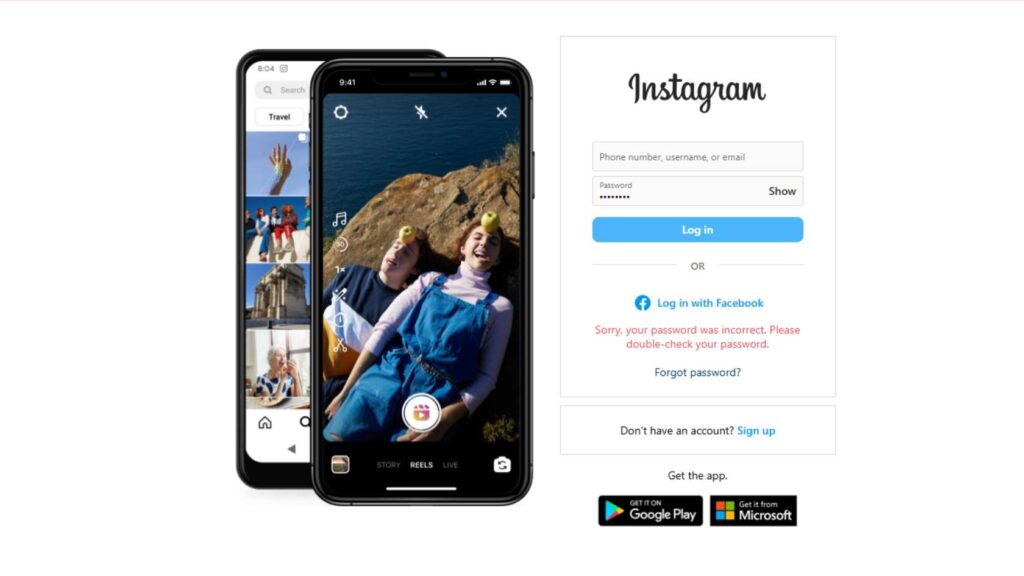

CheckOut Our: Advanced Copywriting Course
What is Content Writing?
Content writing is about educating, entertaining, or informing your audience. Unlike copywriting, which is sales-driven, it aims to create content that builds trust and keeps readers engaged.
It’s the backbone of content marketing—providing valuable insights that attract and retain an audience.
Types of Content Writing
Just like copywriting, content writing comes in different forms, each serving a unique purpose. Whether it’s to educate, entertain, or build trust, the right type of content can help a brand grow its audience and authority. Here’s a deep dive into the major types of content writing:
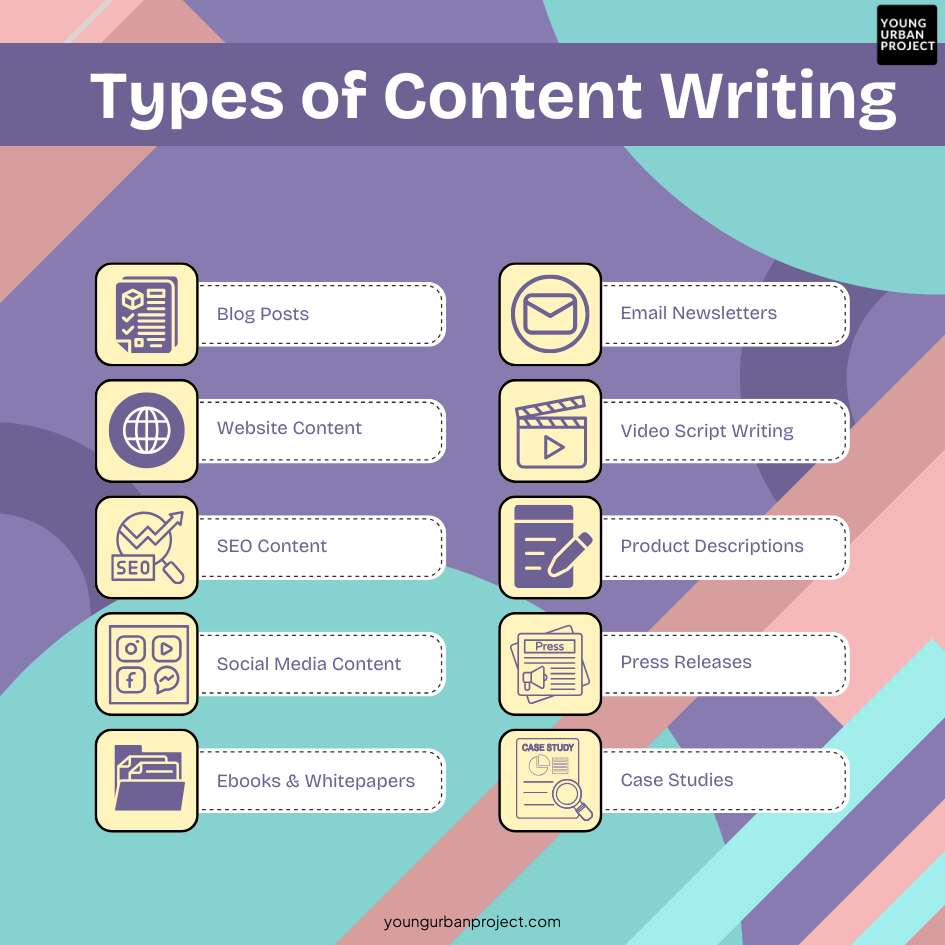
1. Blog Posts
Blog posts are the backbone of content marketing. They provide valuable information, educate readers, and help businesses rank on search engines like Google. Well-written blog posts attract organic traffic and establish a brand’s expertise.
✔ Found in: Company blogs, personal blogs, niche websites
✔ Goal: Provide useful information, boost SEO, and generate leads
✔ Example: “10 Best Budgeting Tips for Young Adults”
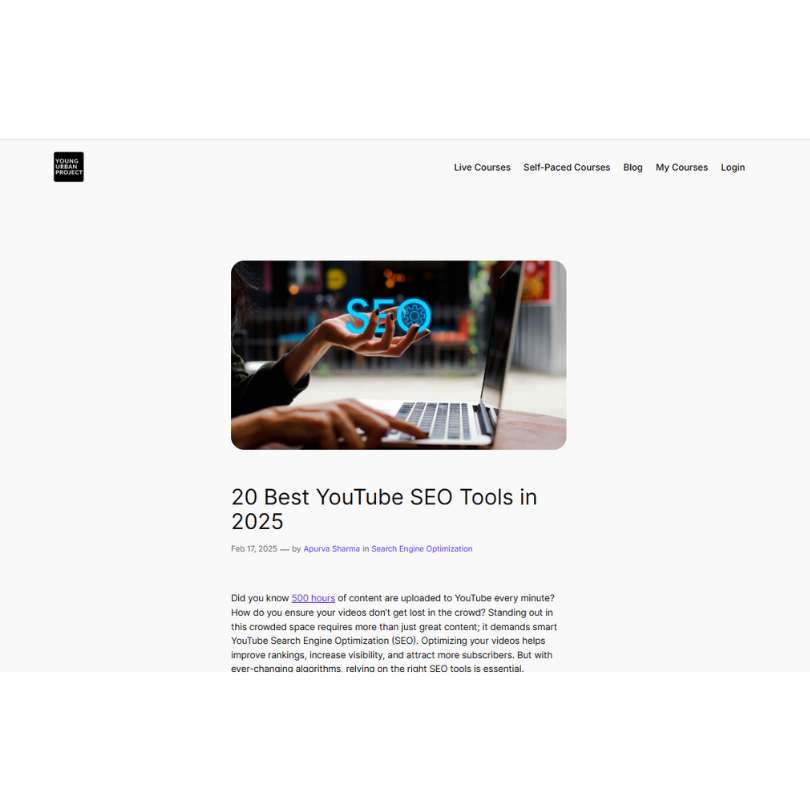
2. Website Content
Every brand needs strong website content to communicate what they do, who they are, and why they matter. This includes pages like the homepage, about page, service descriptions, and FAQs.
✔ Found in: Homepages, “About Us” pages, service pages, contact pages
✔ Goal: Inform visitors, establish credibility, and drive conversions
✔ Example: “Our AI-powered writing assistant helps businesses create content 10x faster.”
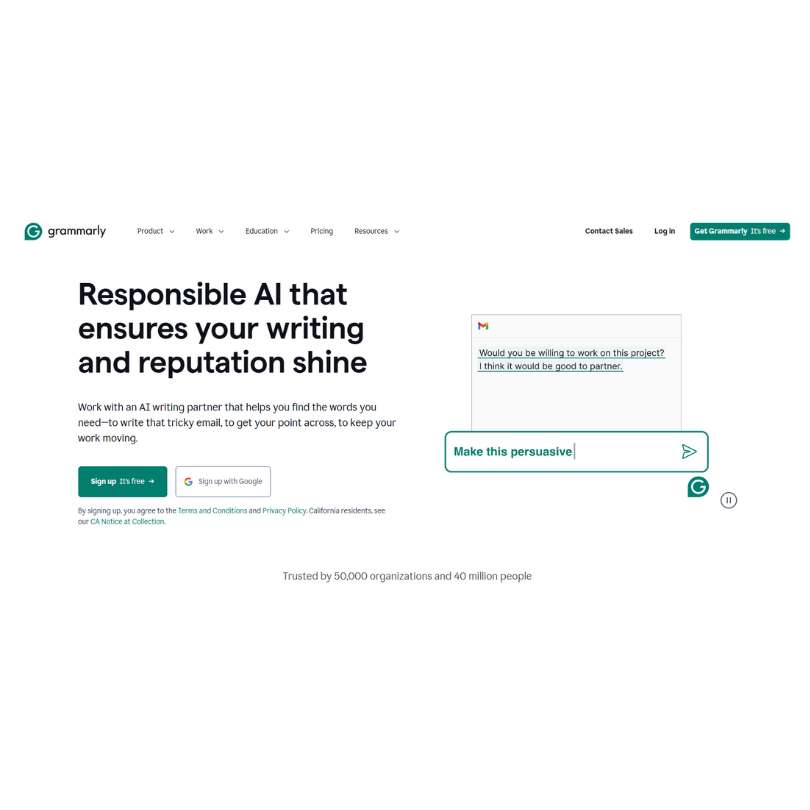
3. SEO Content
SEO (Search Engine Optimization) content is written to rank high on Google. It includes well-researched keywords, structured formatting, and valuable insights to ensure it attracts both readers and search engines.
✔ Found in: Blog posts, pillar pages, niche guides
✔ Goal: Improve organic search rankings and increase website traffic
✔ Example: A detailed article targeting “best marketing strategies for small businesses”
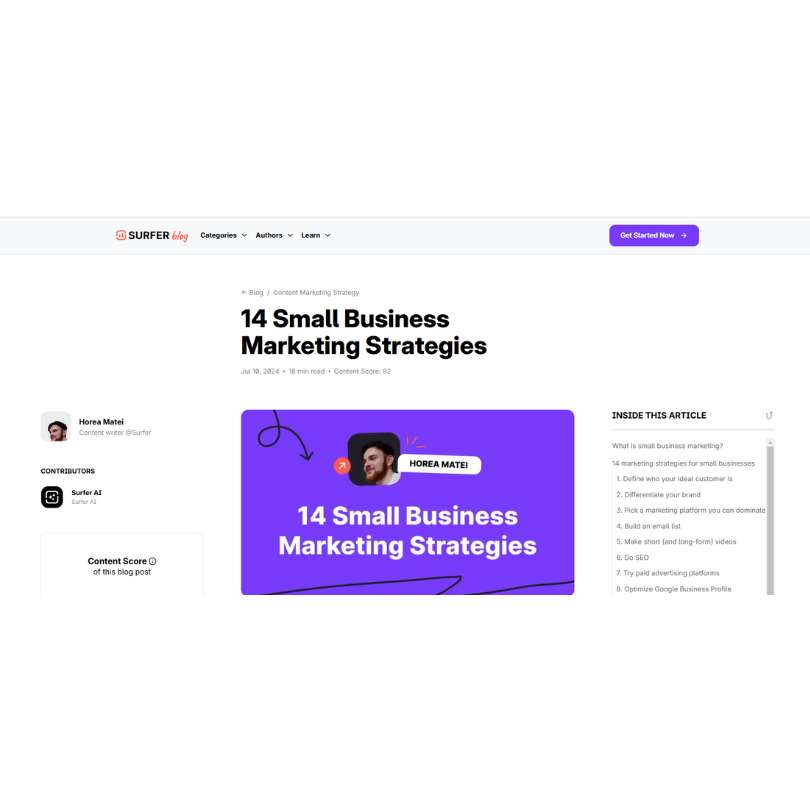
4. Social Media Content
Social media is where brands connect with their audience in a more personal way. This type is about crafting short, engaging posts that get likes, shares, and comments.
✔ Found in: Instagram captions, Twitter threads, LinkedIn posts, TikTok descriptions
✔ Goal: Increase engagement, grow brand awareness, and drive traffic
✔ Example: “🔥 Struggling with low engagement? Here are 3 content ideas that always work”

5. Ebooks & Whitepapers
For brands that want to establish thought leadership, ebooks and whitepapers provide in-depth knowledge on a topic. These are often used in B2B marketing to generate leads.
✔ Found in: B2B websites, gated content, educational platforms
✔ Goal: Build authority, generate leads, and nurture potential customers
✔ Example: “The Ultimate Guide to AI in Marketing – Download Now”
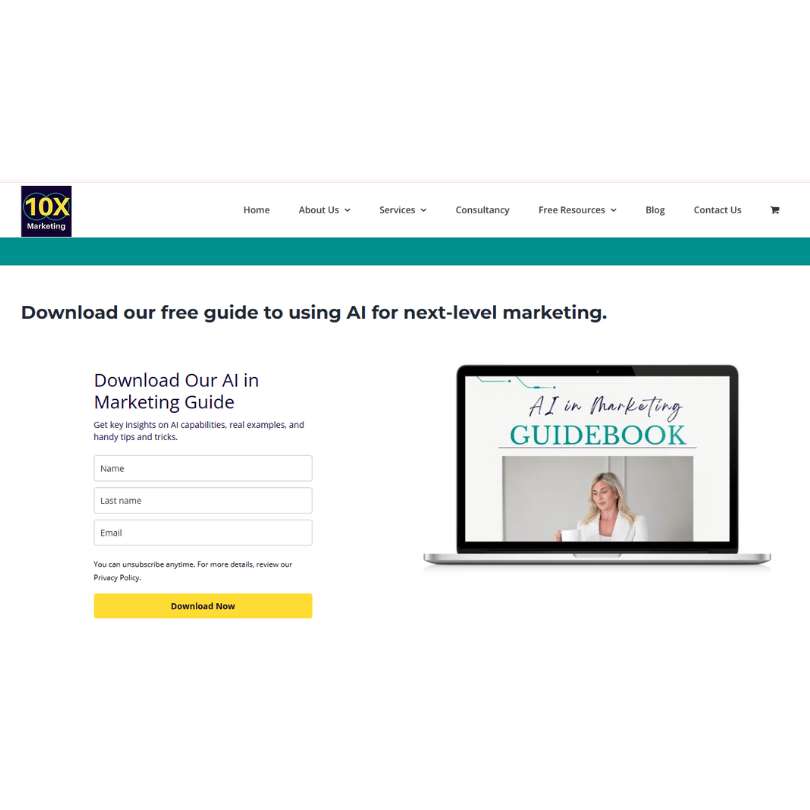
6. Case Studies
Case studies tell real-life success stories, showing how a product or service solved a specific problem. They use data, testimonials, and storytelling to build trust.
✔ Found in: Business websites, sales presentations, lead magnets
✔ Goal: Prove effectiveness and convince potential clients
✔ Example: “How [Brand] Increased Sales by 200% with AI-driven Marketing”
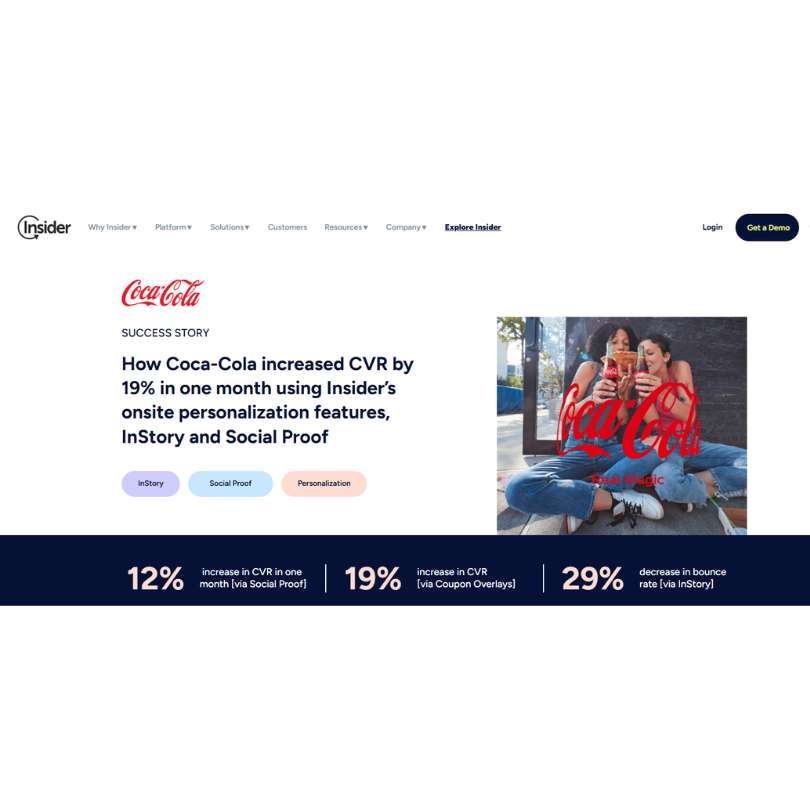
Also read: AirBnb Customer Acquistion Case Study
7. Email Newsletters
Email newsletters keep an audience engaged by providing valuable insights, updates, and promotions. A well-crafted email marketing campaign can build strong customer relationships.
✔ Found in: Weekly brand emails, promotional sequences, lead nurturing campaigns
✔ Goal: Educate, engage, and convert subscribers
✔ Example: “Subject: 5 Hidden SEO Tactics You Need to Try 🚀”
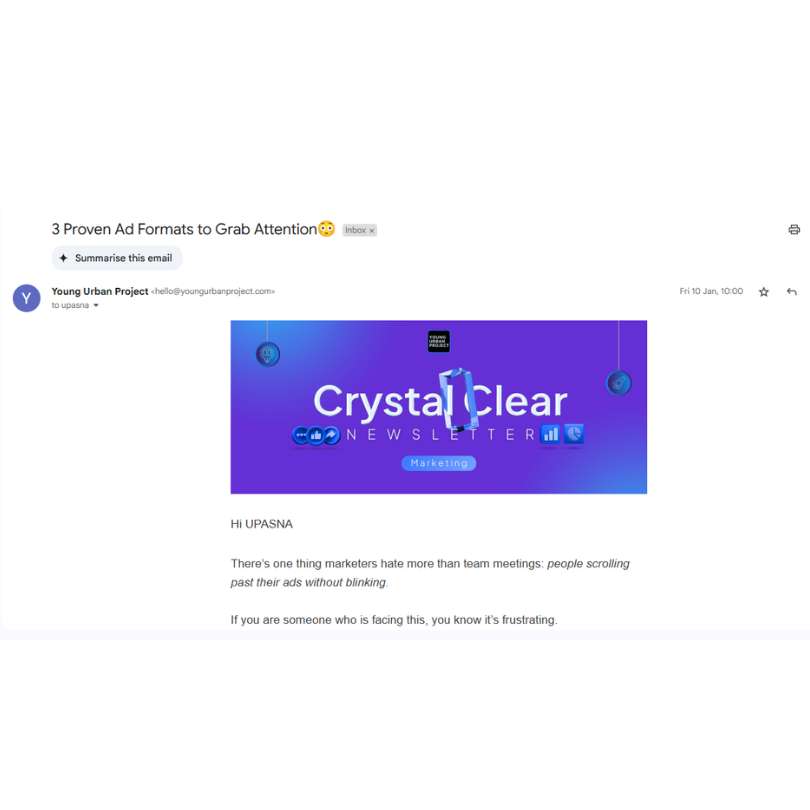
Also read: Email Newsletter Format
8. Video Script Writing
Videos are one of the most consumed content formats today, and a great video starts with a compelling script. Content writers craft scripts that keep viewers engaged and drive action.
✔ Found in: YouTube videos, explainer videos, TikTok and Instagram Reels
✔ Goal: Educate, entertain, or sell through video content
✔ Example: A script for a YouTube video titled “5 Copywriting Secrets to Boost Sales”
9. Product Descriptions
Great product descriptions don’t just describe—they persuade. Well-written product descriptions highlight the features and benefits in a way that makes people want to buy.
✔ Found in: Ecommerce websites, Amazon listings, Shopify stores
✔ Goal: Increase conversions and drive more sales
✔ Example: “This ultra-lightweight running shoe provides unmatched comfort for all-day wear.”
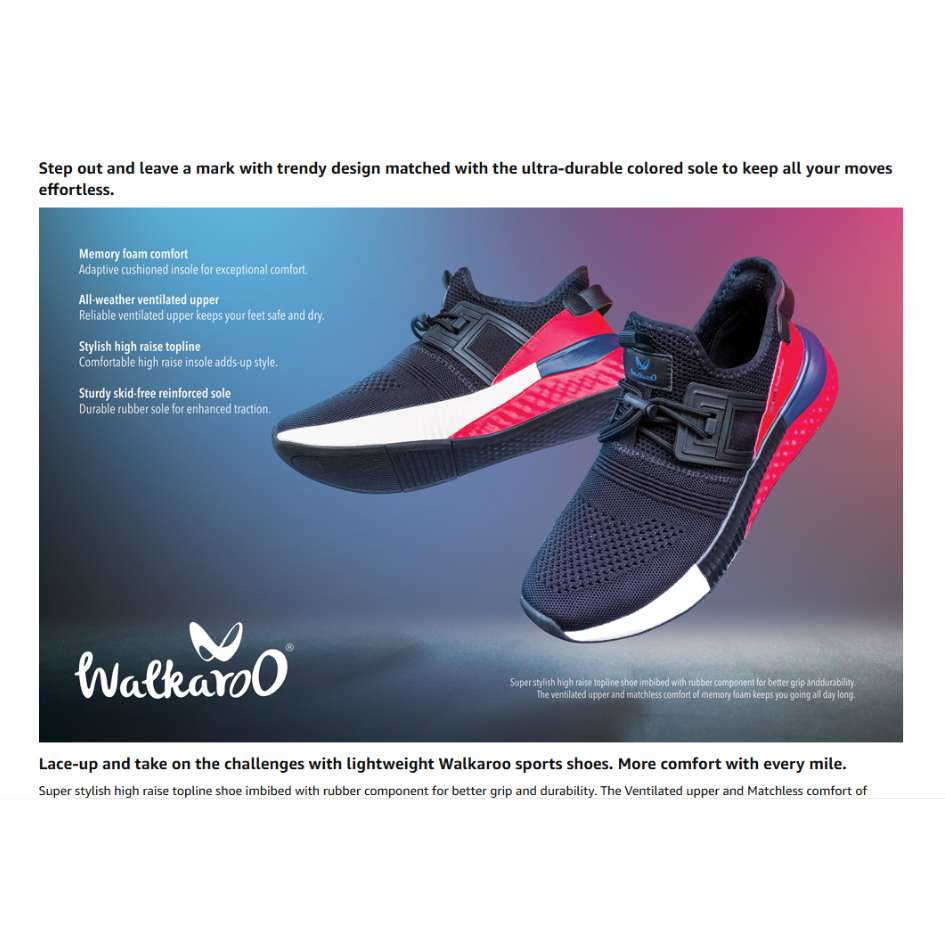
10. Press Releases

Press releases announce important updates like product launches, new partnerships, or major business milestones. They follow a specific format to ensure journalists and media outlets pick them up.
✔ Found in: Business websites, PR distribution platforms, media outreach
✔ Goal: Generate media coverage and build brand authority
✔ Example: “XYZ Company Launches Revolutionary AI Tool for Marketers”
Copywriting vs Content Writing: A Detailed Comparison
| Aspect | Copywriting | Content Writing |
| Definition | The art of writing persuasive content to encourage a reader to take action (buy, sign up, click, etc.). | The process of writing informative, engaging, and valuable website content to educate or entertain the audience. |
| Main Goal | Drive immediate conversions (sales, sign-ups, clicks, etc.). | Build trust, authority, and long-term relationships with the audience. |
| Focus Area | Selling, persuasion, and influencing decisions. | Providing value, educating, and engaging the audience. |
| Best Used For | Direct marketing, sales campaigns, ads, landing pages, and emails. | Content marketing, blogs, guides, ebooks, and social media content. |
| Writing Style | Short, punchy, emotionally driven, and direct. | Informative, storytelling-based, and engaging. |
| Psychology Used | Leverages urgency, scarcity, and FOMO (Fear of Missing Out). | Focuses on audience needs, education, and problem-solving. |
| Call to Action (CTA) | Always includes a CTA to drive action (Buy Now, Subscribe, Try for Free). | May or may not have a CTA, as the focus is on providing value. |
| SEO Focus | SEO copywriting balances persuasion with search engine optimization. | SEO content is a priority to rank high on Google and attract organic traffic. |
| Examples | Ad copy, sales pages, email subject lines, PPC ads, social media ads. | Blog posts, ebooks, whitepapers, website articles, thought leadership content. |
| Emotional Appeal | High – Uses power words and emotional triggers to influence buying decisions. | Moderate – Uses storytelling and personal experiences to connect with readers. |
| Types | Direct-response copywriting, brand copywriting, SEO copywriting, social media copywriting, email marketing copywriting, UX copywriting, technical copywriting. | Blog posts, website content, SEO content, social media content, ebooks & whitepapers, case studies, thought leadership, video script writing. |
| Monetization | Often higher-paying because of its direct impact on revenue. | Pays well in niche areas but generally lower than copywriting. |
| Use in Digital Marketing | Essential for PPC ads, email marketing, and conversion-driven campaigns. | Crucial for long-term growth via SEO, content marketing, and brand awareness. |
| Skill Requirements | Understanding of persuasion techniques, consumer psychology, and marketing strategies. | Strong research skills, storytelling ability, and SEO knowledge. |
| Time to See Results | Short-term – Results can be immediate (e.g., ad conversions). | Long-term – Results take time (e.g., ranking on Google). |
| Freelancing Opportunities | High demand for freelance copywriters in advertising and direct-response marketing. | Many opportunities for freelance content writers in blogging, SEO, and digital marketing. |
| SEO Content Writer Role | Writes persuasive yet SEO content optimized for search engines while converting readers. | Writes highly researched, keyword-optimized content to drive organic traffic. |
Content Writing Best Practices
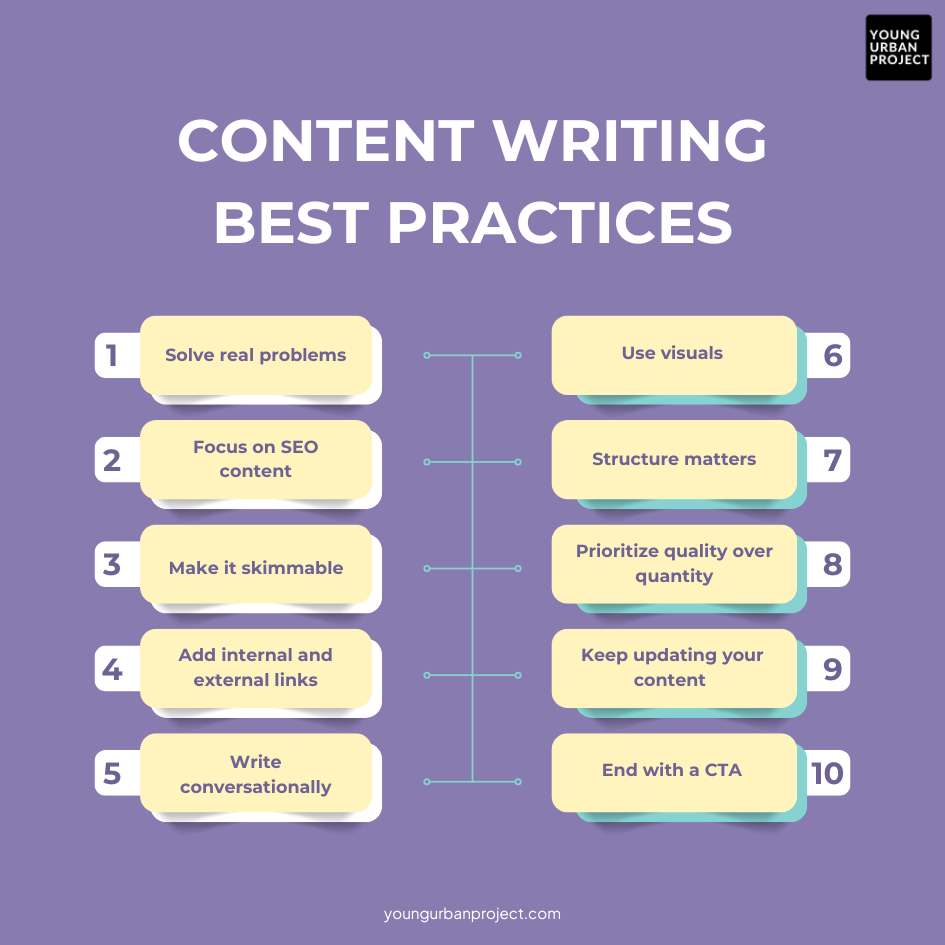
If you want to write content that ranks on Google and keeps readers engaged, follow these essential tips:
- Solve real problems, not just fill space – Your blog posts should offer solutions, insights, or new perspectives, not just repeat what’s already out there.
- Focus on SEO content – Research search engine keywords, optimize your headlines, and use meta descriptions to attract organic traffic.
- Make it skimmable – Readers scan more than they read. Use bullet points, subheadings, and short paragraphs to improve readability.
- Add internal and external links – Link to related website content within your site and credible external sources to boost SEO and authority.
- Write conversationally – Avoid jargon and complex sentences. Write like you’re explaining something to a friend.
- Use visuals – Images, infographics, and videos help break up text and keep readers engaged.
- Structure matters – Use a logical flow with an introduction, key points, and a conclusion. Readers should get value even if they skim.
- Prioritize quality over quantity – Instead of pumping out daily low-value articles, focus on well-researched, insightful content that stands out.
- Keep updating your content – Regularly refresh old posts with new information to maintain rankings and relevance.
- End with a CTA – Even though content writing and copywriting differ, every content writer should encourage engagement, whether it’s a comment, share, or email signup.
Copywriting Best Practices
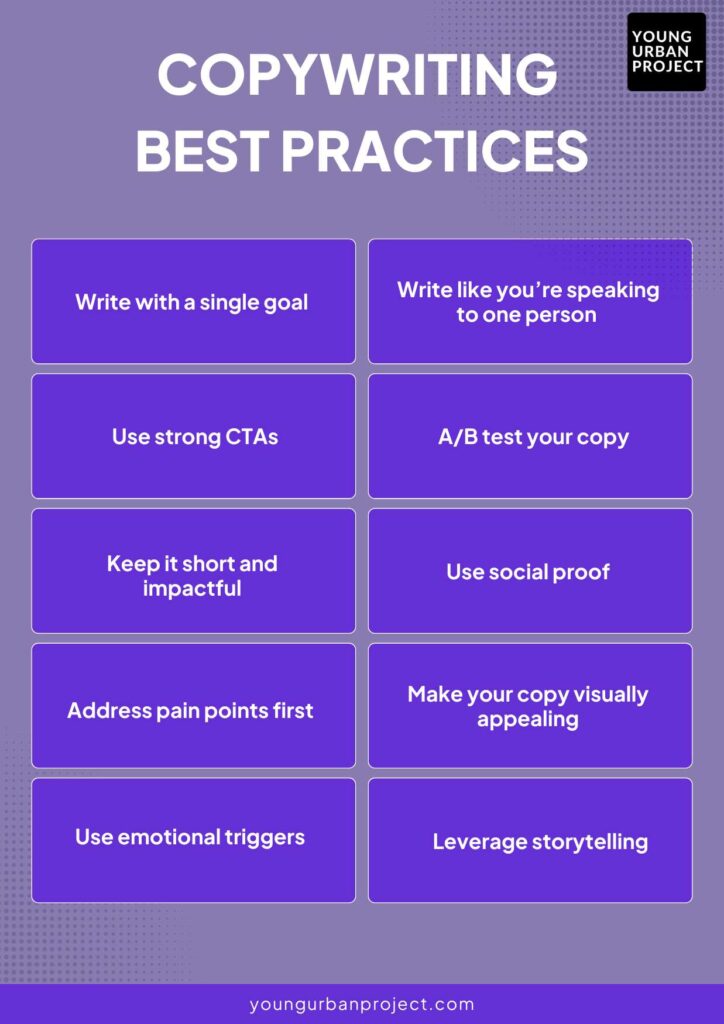
If you want to use copywriting effectively and persuade readers to take action, keep these rules in mind:
- Write with a single goal in mind – Each piece of copy should have one clear objective, whether it’s selling, getting sign-ups, or driving clicks.
- Use strong CTAs – Directly tell readers what to do next. Examples:
- “Sign up for free”
- “Get 50% off now”
- “Start your free trial”
- Keep it short and impactful – In copywriting and content writing, every word matters, but copywriting is all about brevity. Remove fluff and focus on impact.
- Address pain points first – Understand what the audience struggles with and show how your product/service is the solution.
- Use emotional triggers – Words like “limited-time offer,” “exclusive deal,” or “only for VIPs” create urgency and drive action.
- Write like you’re speaking to one person – A copywriter should always write as if talking to a single reader, making the copy feel personal.
- A/B test your copy – Experiment with different headlines, CTAs, and messaging styles to see what converts best.
- Use social proof – Testimonials, case studies, and real-world results increase trust and credibility.
- Make your copy visually appealing – Use bold text, bullet points, and spacing to make key points stand out.
- Leverage storytelling – Even in short ad copy, a micro-story or relatable scenario makes the message more memorable.
Which One is Better?
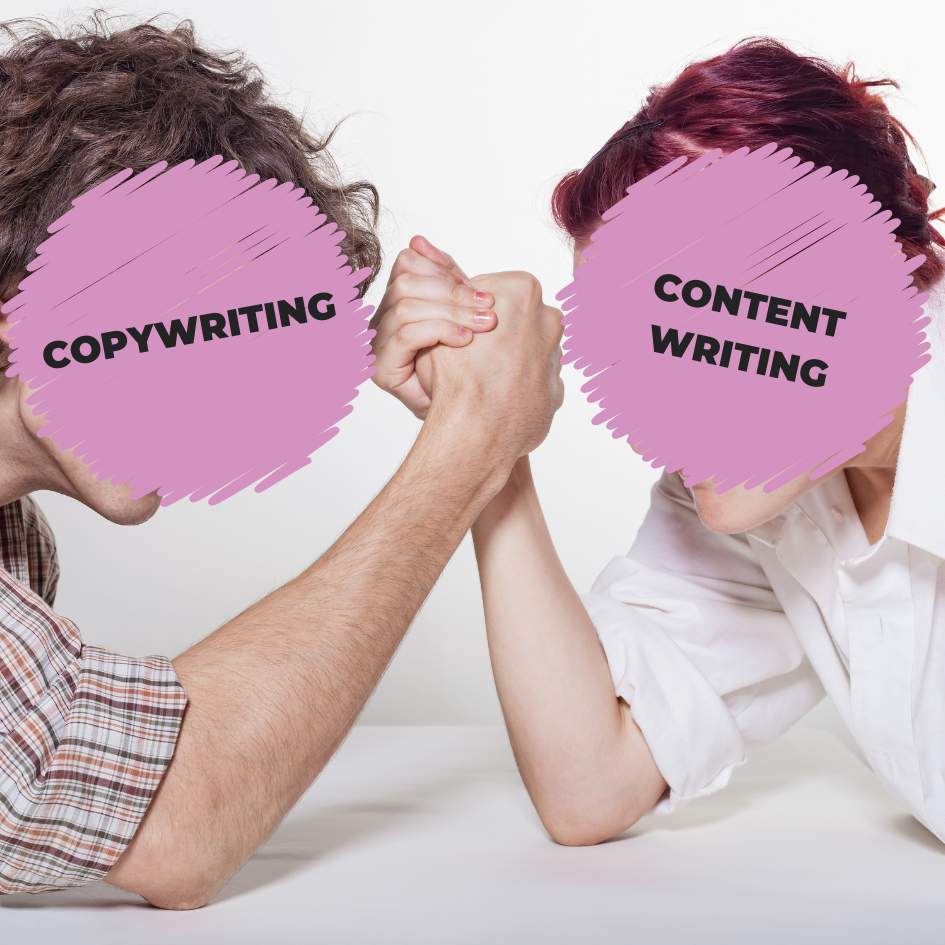
There’s no clear winner in the copywriting vs content writing debate because both serve different yet equally important roles in digital marketing. Instead of choosing one over the other, businesses should focus on using both strategically.
When to Use Content Writing
If your goal is to educate, inform, or entertain, this is the way to go. It helps businesses:
- Rank on search engines – High-quality SEO content boosts organic traffic and brings in potential customers.
- Establish authority – Thoughtful, well-researched blog posts and website content position your brand as an industry leader.
- Engage audiences – Articles, social media posts, and ebooks keep people interested in your brand without pushing a sale.
- Nurture long-term relationships – Consistently delivering valuable content builds trust and loyalty.
When to Use Copywriting
If your goal is to drive action and increase conversions, this is what you need. It helps businesses:
- Convert visitors into customers – Persuasive email marketing campaigns and ad copy convince people to take the next step.
- Sell products/services effectively – Strong website content, sales pages, and landing pages explain why your offer is worth buying.
- Trigger emotions and urgency – Words like “limited-time offer” or “exclusive deal” create a sense of urgency and push action.
- Make marketing campaigns more effective – Whether it’s PPC ads, social media ads, or direct emails, copywriting ensures maximum ROI.
The Smartest Approach? Combine Both!
The best marketers don’t choose between the two, they integrate them. Here’s how:
- Use content writing to attract and educate – Create blog posts, SEO articles, and social media content to bring people into your funnel.
- Use copywriting to convert and sell – Once they engage with your content, persuasive copywriting moves them toward making a purchase.
For example:
- A SaaS company might write content (like an in-depth blog on productivity tips) to attract visitors and then use copywriting (like a compelling CTA on the landing page) to convert them into paying users.
- An eCommerce brand might use SEO content to drive traffic and then use copywriting in product descriptions and ads to close the sale.
No matter what industry you’re in, a winning content marketing strategy requires both copywriting and content writing. If you want search engine rankings, visibility, and sales, you need both skills working together.
FAQs: Copywriting vs Content Writing
1. What is the role of a copywriter?
A copywriter is responsible for creating persuasive text that motivates people to take specific actions—whether that’s buying a product, signing up for a service, or clicking on a link. They use carefully crafted words to drive outcomes.
2. What does a content writer do?
A content writer produces engaging and informative pieces like blog posts, articles, or guides that educate and provide value to the audience. Their main goal is to build trust with readers by delivering useful content.
3. How do copywriting and content writing differ?
The main difference between is their intent. Copywriting is all about persuading the reader to take action, while content writing is designed to inform, educate, and engage without pushing for an immediate response.
4. How can you combine copywriting and content writing effectively?
You can use content writing to attract and educate your audience by providing value, and once you’ve established trust, use copywriting to encourage your audience to take action, like making a purchase or subscribing to a service. It’s all about creating a journey that leads to conversion.
5. Is it possible to work as a freelance copywriter?
Yes! Many copywriters choose to work independently, partnering with businesses, marketing agencies, and even startups to create persuasive content that drives results. Freelance copywriting offers great flexibility and a variety of projects.
6. Can you be a freelance content writer?
Absolutely! As a freelance content writer, you can write everything from blog posts to SEO articles, helping businesses build their online presence. It’s a great way to work on diverse projects while having control over your schedule.
7. What is the job of an SEO content writer?
An SEO content writer focuses on creating content that not only provides value to readers but also ranks well in search engines. They integrate targeted keywords and follow SEO best practices to increase visibility and attract organic traffic.

